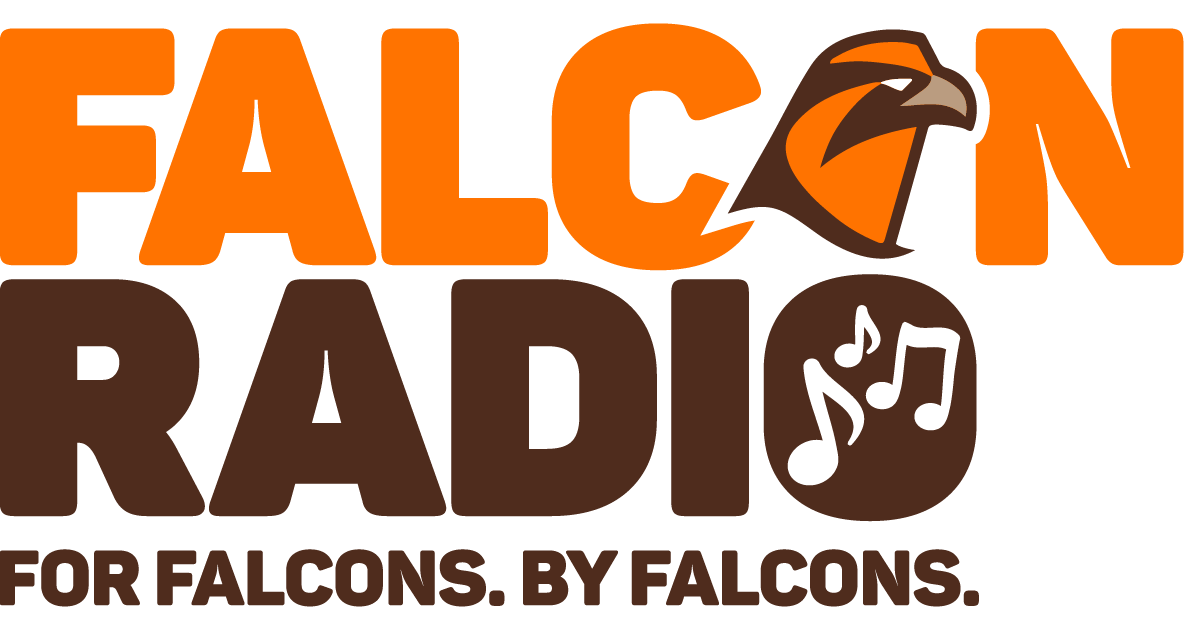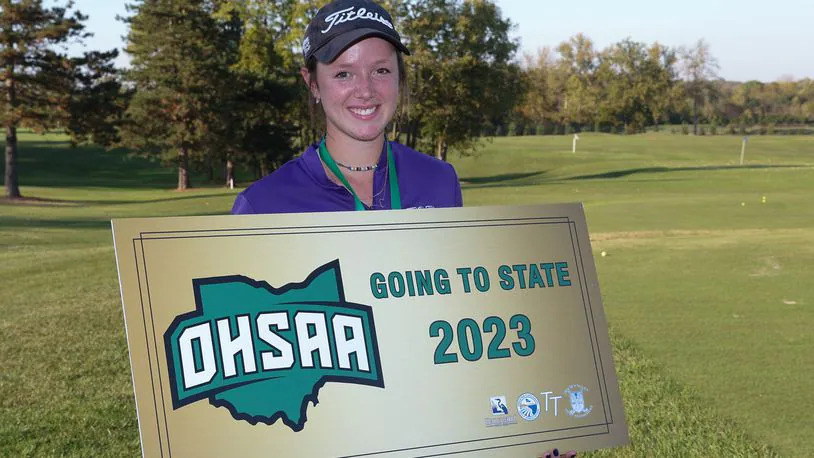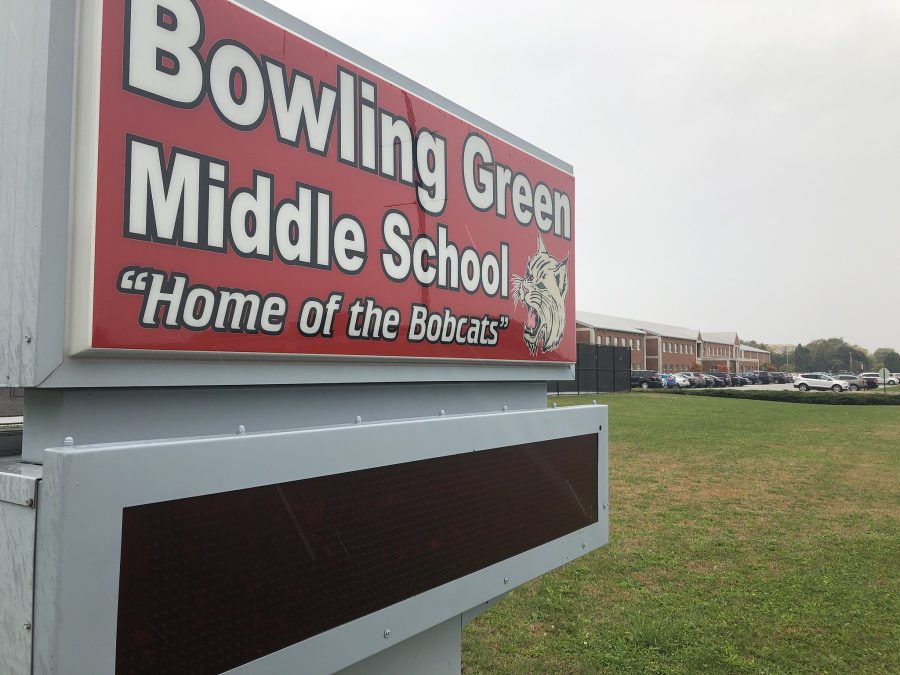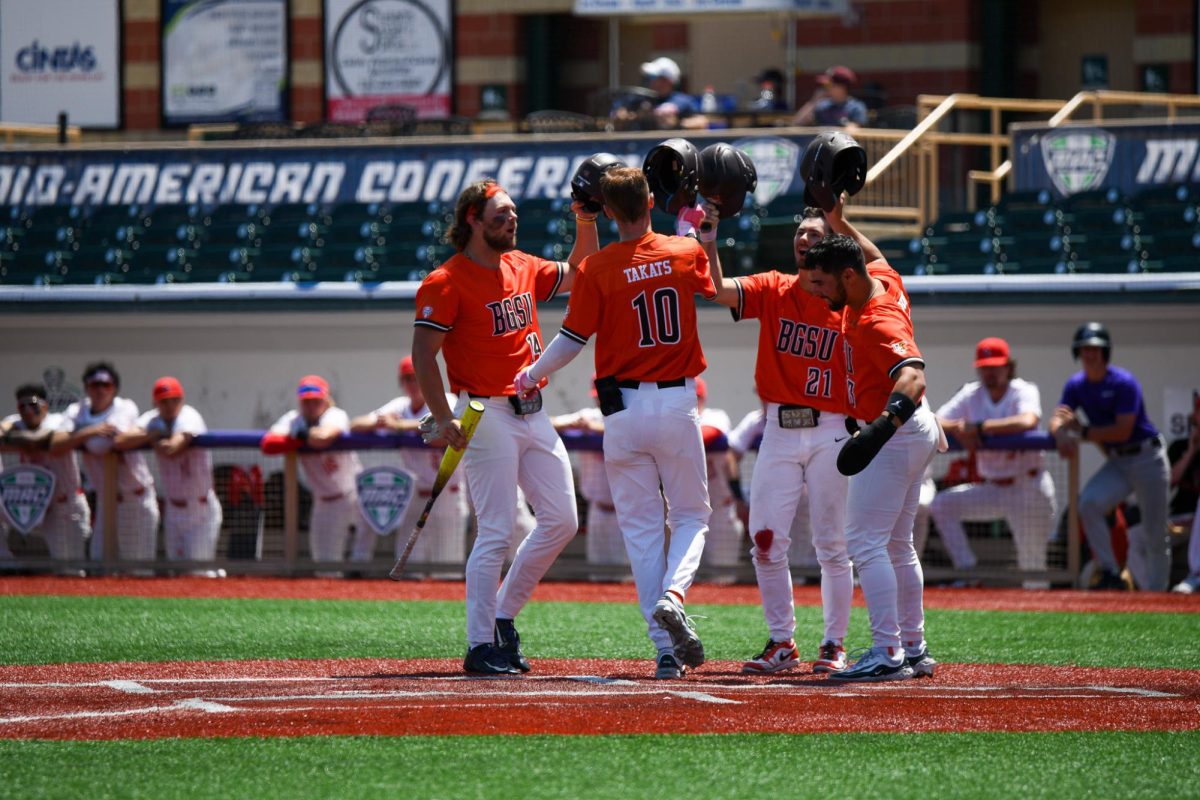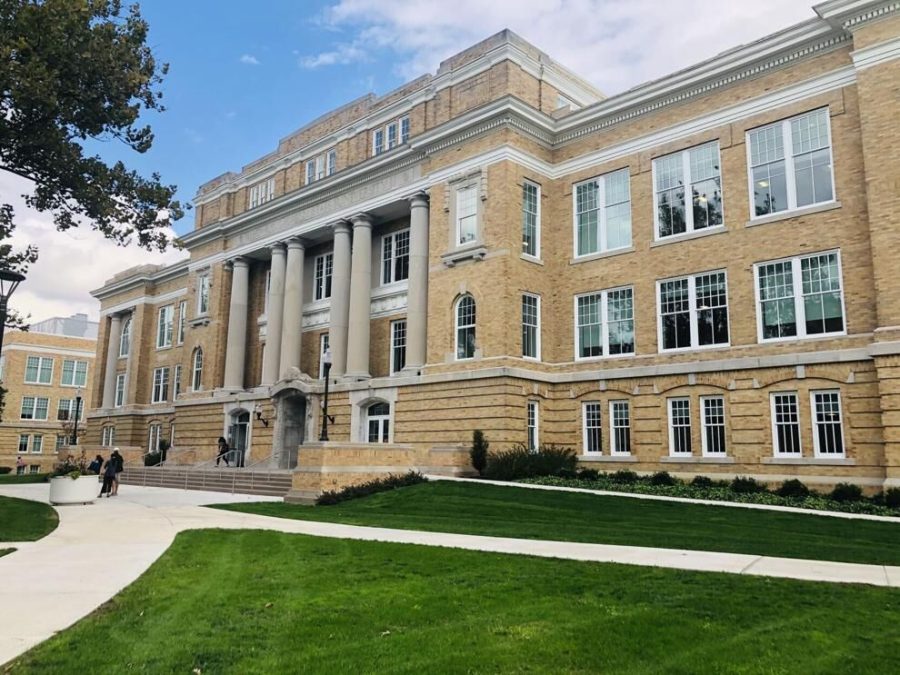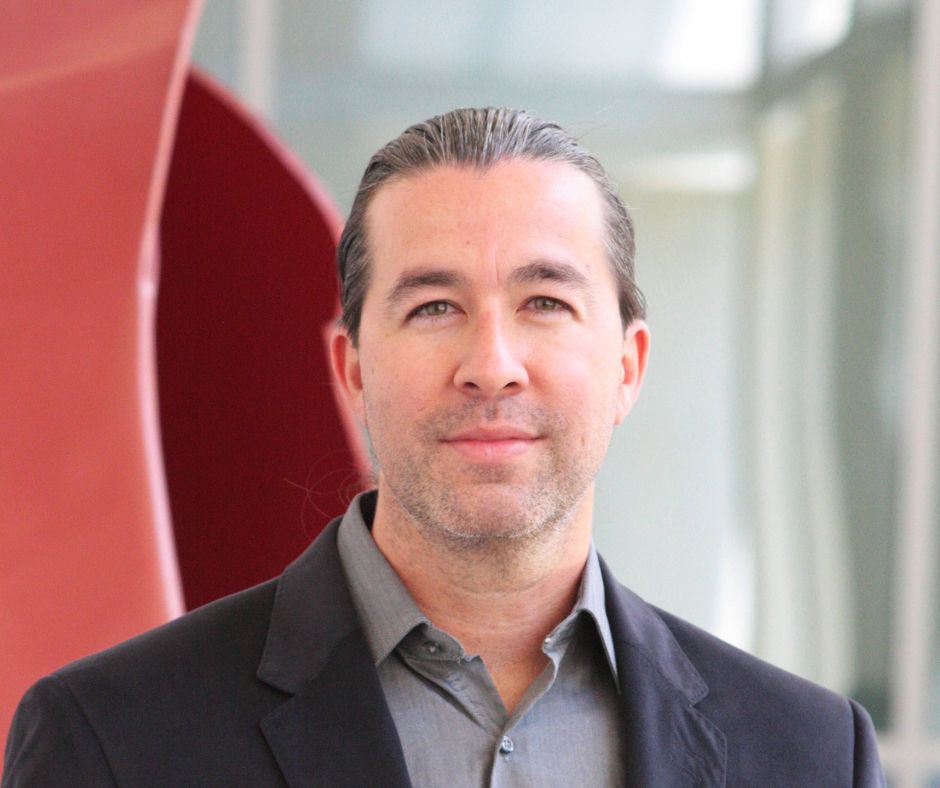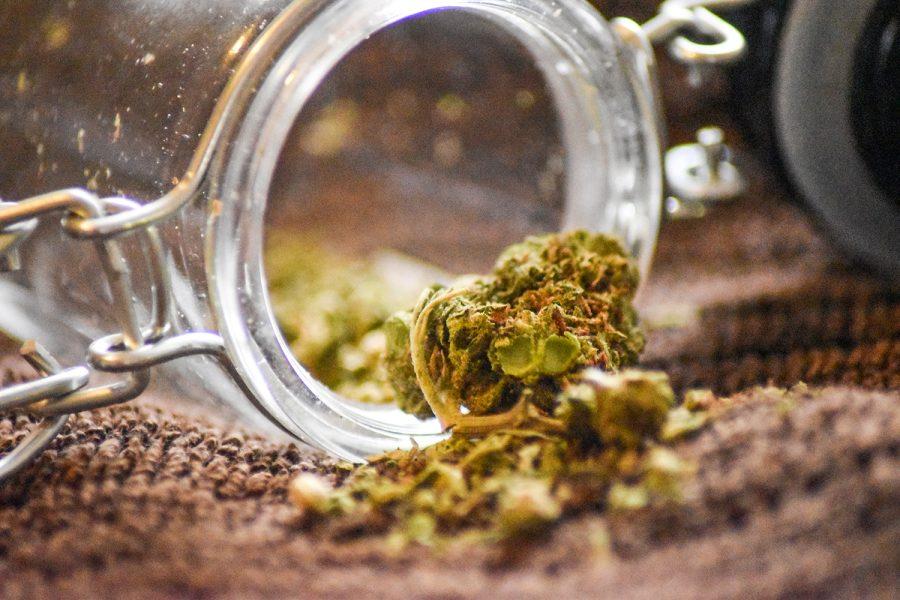Ohio has a long history of ignoring Native American issues. As of 2022, there were no federally recognized tribal communities or nations in Ohio.
According to the Columbus Dispatch, Ohio has 195 schools with Native American mascots, the most in the country.
In 2019, faculty members at Bowling Green State University and other members of the community decided to draft a land acknowledgement statement, designed to recognize tribal nations who had occupied where the BGSU main and Firelands campuses reside today.
The acknowledgement is designed to focus on the present and work with tribal nations. Several tribal nations have responded positively to the land acknowledgement statement, according to Dr. Heidi Nees-Carver, one of the main authors of the statement.
The Land Acknowledgement statement states “it is within BGSU’s responsibility as an academic institution to disseminate knowledge about Indigenous peoples and the university’s relationships, past and present, with tribal nations and individuals. As such, we recognize the forced relocation of tribal nations to and from this land and we strive to decolonize history and present conditions.”
Nees-Carver said the writers of the university’s statement, “never wanted the statement to be a check-the-box thing,” and it’s purpose is to, “educate non-native people and is an initial step before putting education into practice.”
The authors of the land acknowledgement statement call it a living statement, which is designed to add or adapt over time to needs, with the acknowledgement of additional tribal nations.
They researched many historical documents and sources, such as land treaties and contacted local and university historians such as Dr. Michael Brooks and Dr. Amílcar Challú.
Researching former Ohio tribal nations’ lands can be difficult as various maps over time rapidly shift and tell different stories. A popular database, The Native Land Digital Map, lists the tribal nations of Peoria, Myaamia, Kaskaskia, Kickapoo as those who lived in northwest Ohio, but BGSU’s Land Acknowledgement statement lists the Wyandot, Kickapoo, Miami, Potawatomi and Odawa peoples as the primary original settlers of the land.
The tribal nations listed in the statement also include nations that resided in the present-day BGSU Firelands campus, located in Sandusky.
“Native Peoples’ territories did not have firm boundaries, as we know, and because of tribal conflict and certainly because of white incursions onto their land, new groups of Native Peoples came into the northwest Ohio area,” Local historian and BGSU professor Dr. Rebecca Mancuso said. “They were pushed here from northern and eastern areas, as they did not have anywhere else to go. I think it’s important to mention the second group, the Wyandot, Miami, Odawa peoples because they were forcibly removed by the U.S. government in the 1800s. We once had Wyandot and Odawa reservations in our area, but these peoples were forced out.”
The In The Round speaker series featured Native American Creatives throughout the fall semester, and is an extension of the land acknowledgement the university has taken to extend the recently-developed Land Acknowledgement statement.
The university will continue this tradition by having more Native American speakers, beginning with events similar to the speaker series in March 2023.
Authors of the statement like Nees-Carver hope the statement will be part of everyday experiences on campus and hopes to eventually see more events and even physical acknowledgement monuments on campuses.


